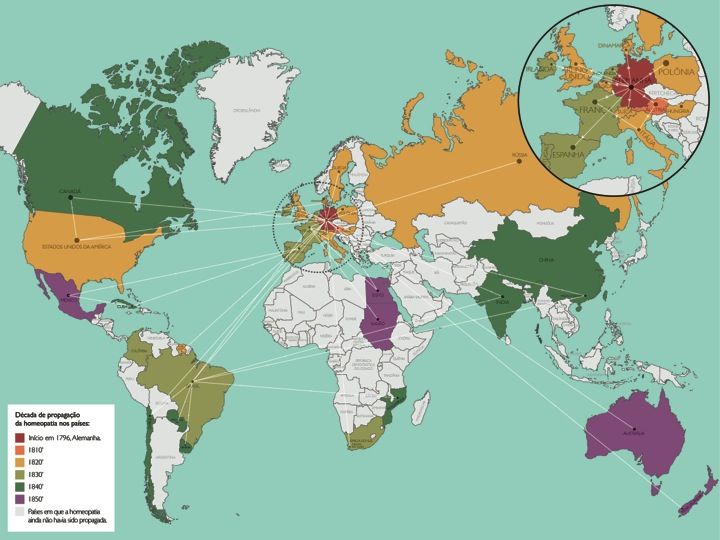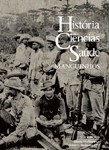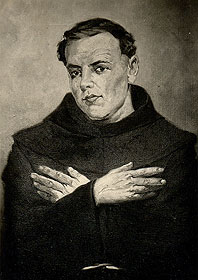September 2022

Piezas arqueológicas pertenecientes a la colección de Nicolás Sáenz (Colección Museo Nacional de Historia Natural; fotografía de Francisco Garrido; imagen sin derechos de autor)
The article Peruvian pre-Hispanic antiquities in the creation of a Chilean “prehistory:” the case of the Sáenz collection analyses the acquisition of the Saenz collection by the National Museum in Chile. The museum acquired this collection of Peruvian antiquities following a tradition of comparative studies of material culture. In the context of social evolutionism, these antiquities were used as measure of civilization and as a standard of comparison with the material culture of the pre-Hispanic people in Chile.
This research has been developed by Francisco Garrido, curator of the National Museum of Natural History and Carolina Valenzuela, academic researcher of the Universidad Autónoma de Chile. The authors have previously researched the history of the National Museum of Natural History in Chile and the formation of its more relevant collections.
This study has been motivated by the fact that the Saenz Collection is a large and significant collection of Peruvian artifacts, which despite its importance in terms of the academic context of the time, and the use of a comparative method within an evolutionary framework to interpret the local material culture, it has not been properly investigated.
In 1895, Nicolas Saenz proposed to the Chilean government the sale of an “Inca” collection that was promoted as one of the best of its kind. The Chilean government approved its purchase in 1897. We analyzed the acquisition of the Saenz Collection as the last milestone in the process of acquisition of Peruvian antiques, just when the archaeological research changed its focus to the study and exploration of the new territories conquered by Chile after the war with Bolivia and Perú. The acquisition and display of these objects was part of a global trend that situated the Pre-Hispanic cultures within a regional and universal scale of development, reinforcing the self-image of progress and civilization by which the local elites referred to themselves during the XIX Century.
This research was carried out in Santiago de Chile, analyzing primary sources from the National Museum of Natural History and the Chilean National Archive. The researchers have also analyzed the collection itself in order to interpret its historical value. This research will be published in História, Ciências, Saúde Manguinhos, Oswaldo Cruz Foundation, Rio de Janeiro, during 2022.










